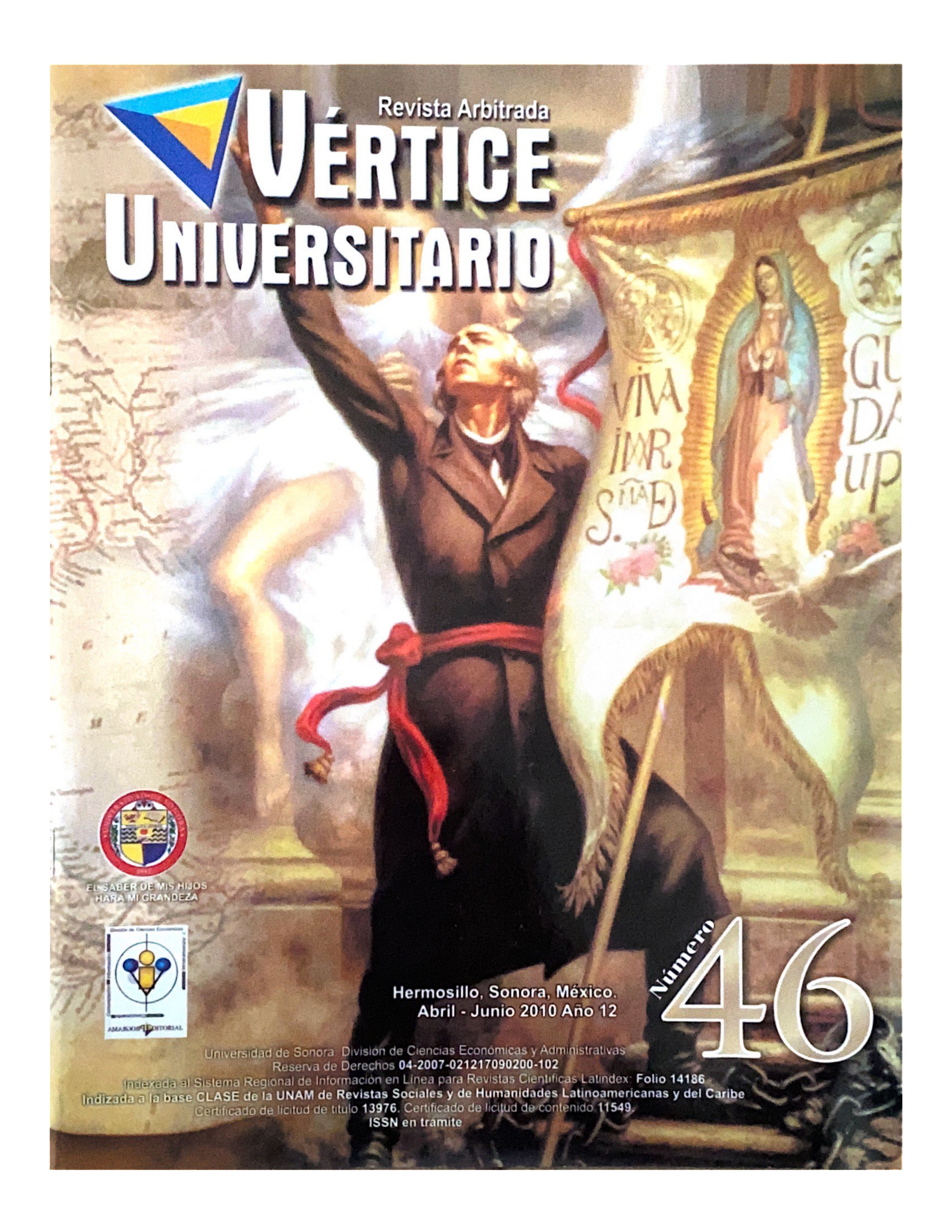Activity Based Management, a tool to evaluate client profitability
Keywords:
Cost object, customer profitabilityAbstract
This work presents the methodology of the activities based management, which is very useful to evaluate the customer’s profitability.
Such technique is based on the philosophy of activitybased costing, its objective is to identify the activities in the manufacturing process of a good or a service, then it defines the cost drivers, seeking for cause-effect relationships among them and the activities, so that each activity cost is assigned to the cost object in a logical basis.
This approach makes it possible to determine if a customer is profitable or not, unlike traditional costing that normally leads to the erroneous conclusion that all customers are profitable, which does not happen in reality.
When the identification of non profitable customers is possible, there are options to try to make them profitable, such as standardizing services, which leads to a decrease in the consumption of resources, or applying a higher price that absorbs the expenses incurred. Only in an extreme case the decision taken would be to dispense with such costumers
Downloads
References
Amos, Tracey G., y Paolillo, Cynthia A. (1997). Enhancing CFO, GMRA & GPRA implementation with activity based management, en Government Accountants Journal, Vol. 46, No. 1, p28-34.
Armitage, Howard. (1993). Activity-based management information: TQM´s missing link, en CMA Magazine, Vol. 67, No. 2, p7.
CIMA Employers Group. (1999). Activity-Based Management Exchange IV Royal Mail, Rugby, October 1997, en Management Accounting, Febrero 1999, p46.
Cobble, Steve. (1999). Activities-based management helps utility measure profitability, en Electric Light & Power, Vol. 77, No. 9, p24-25. Dhavale, Dileep G. (2002). Activity Based Management: Improving Processes and Profitability, en International Journal of Production Research, Vol. 40, No. 14, p3479.
Published
How to Cite
Issue
Section
License
Copyright (c) 2024

This work is licensed under a Creative Commons Attribution-ShareAlike 4.0 International License.
The opinions expressed by the authors do not strictly reflect the position of the publisher of the publication. This work is under a CC Attribution-ShareAlike 4.0


















